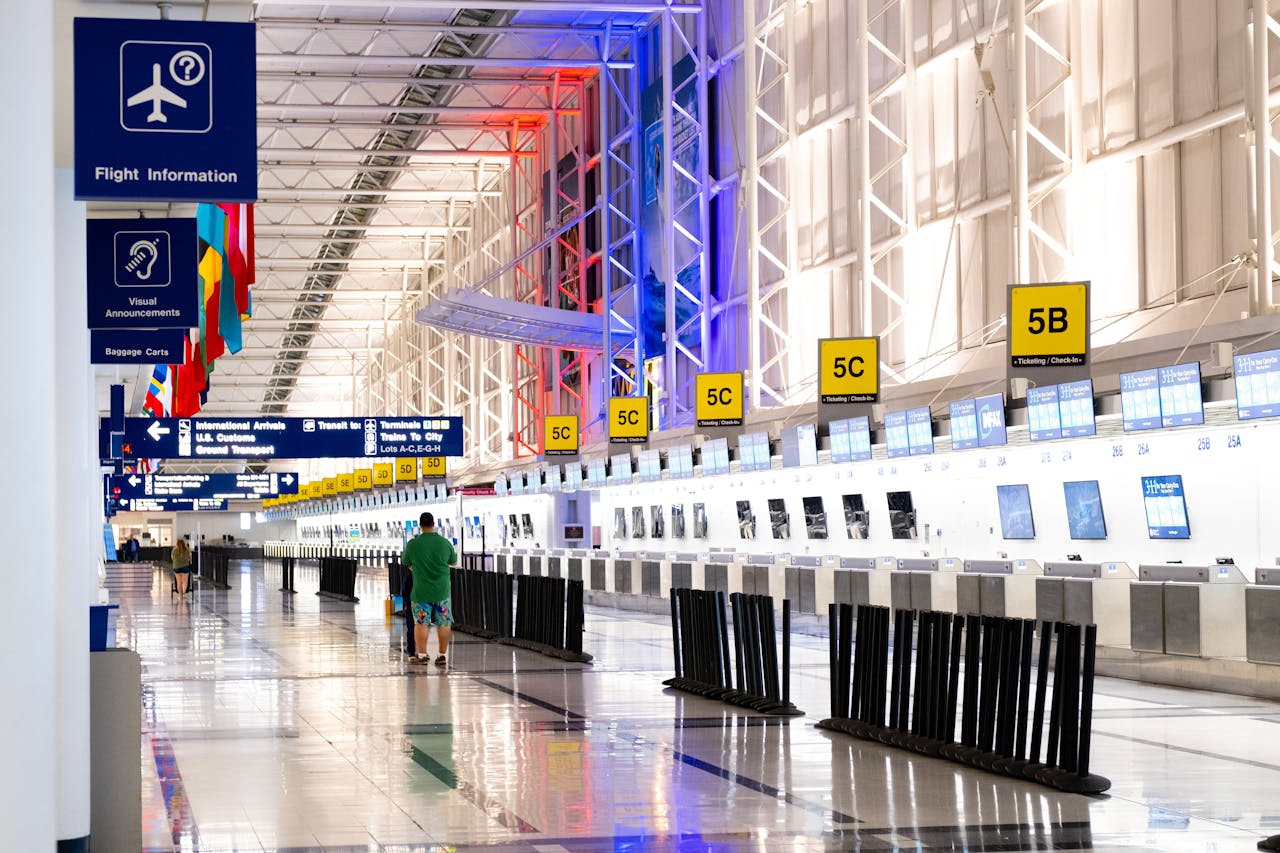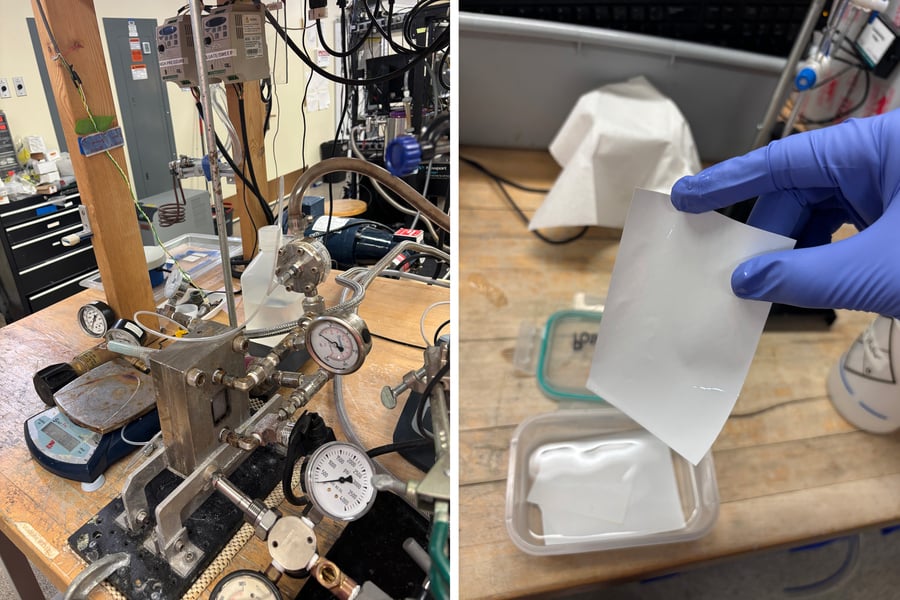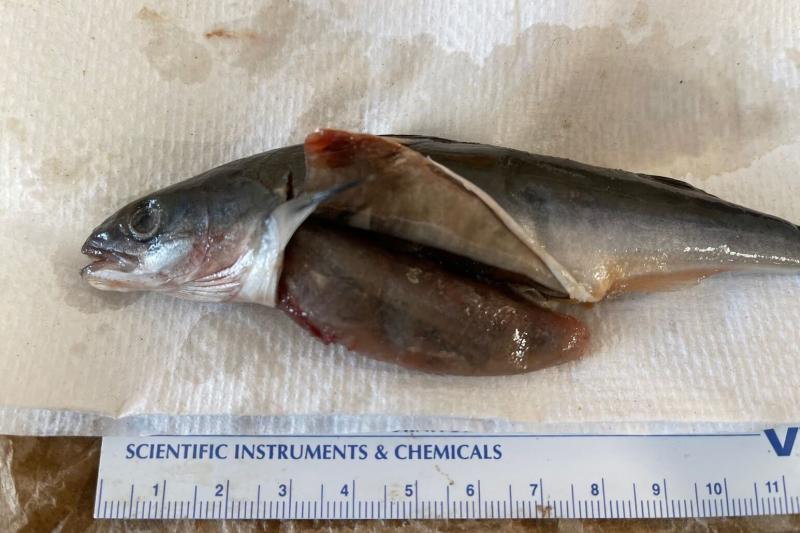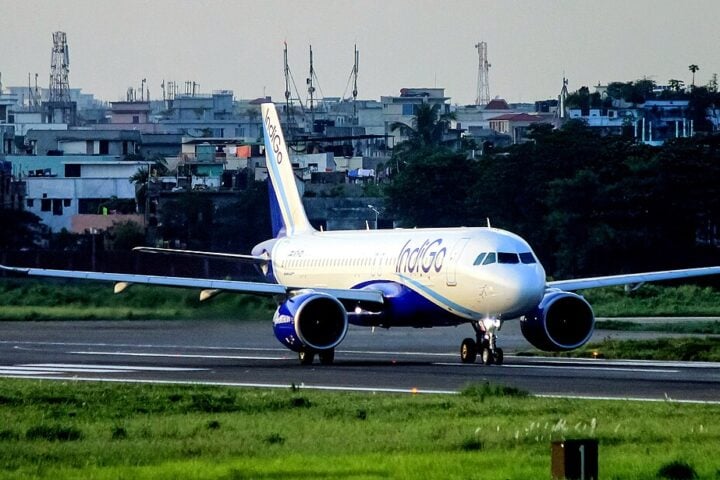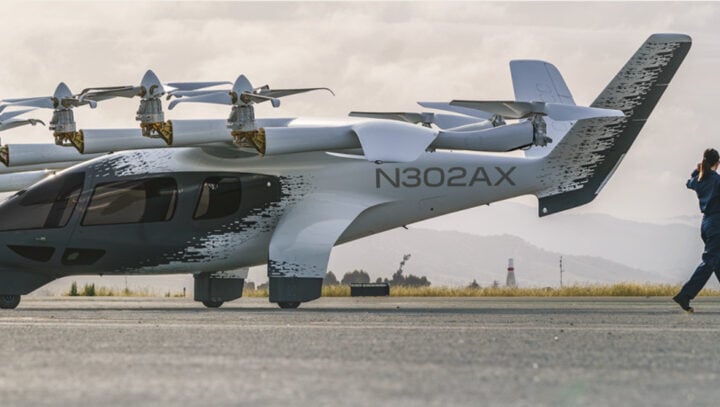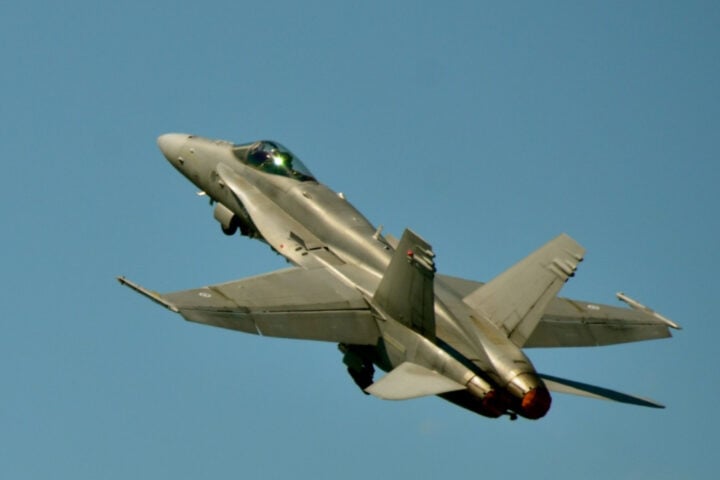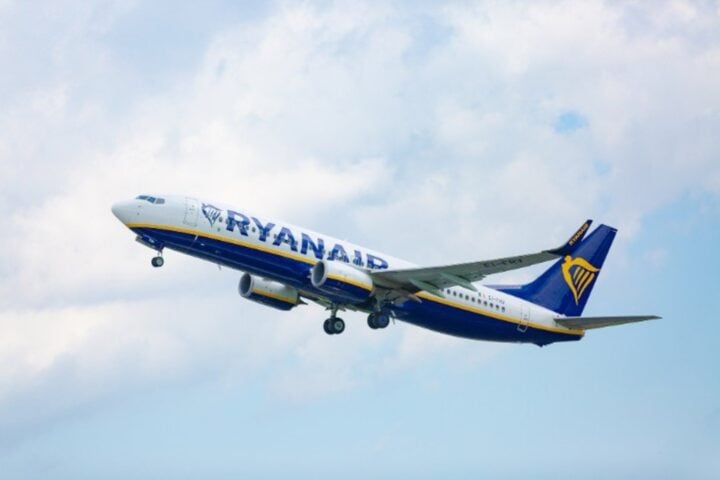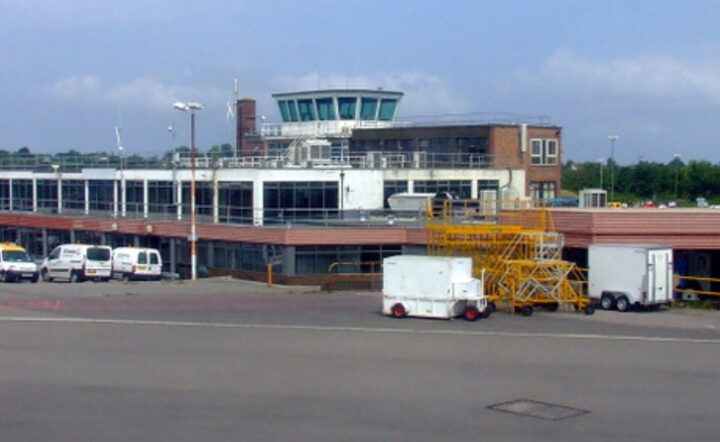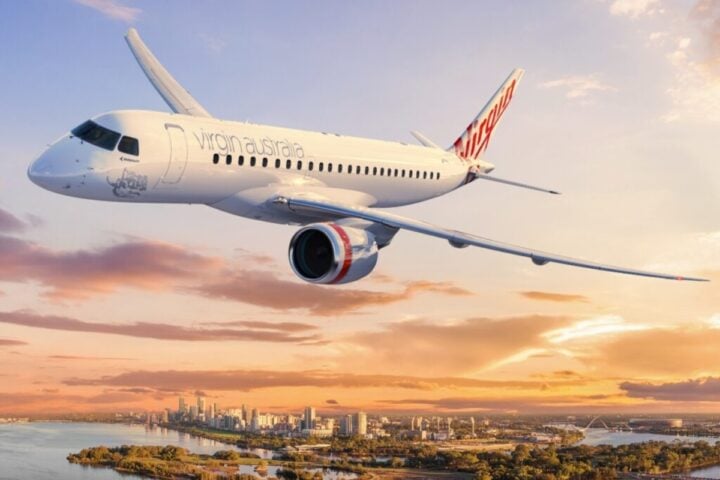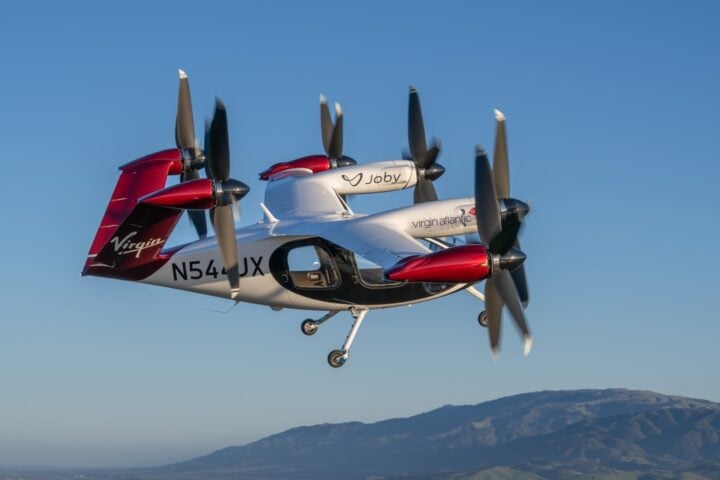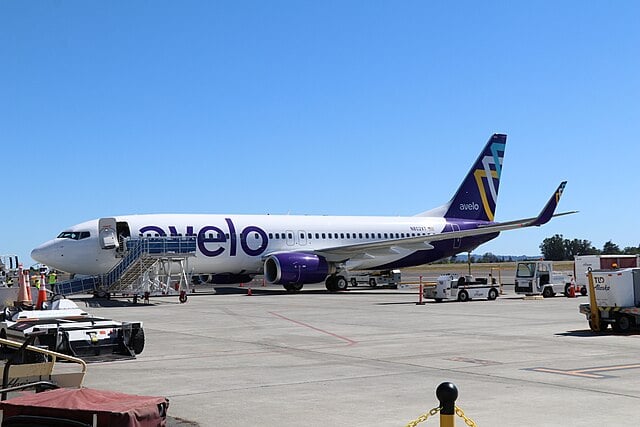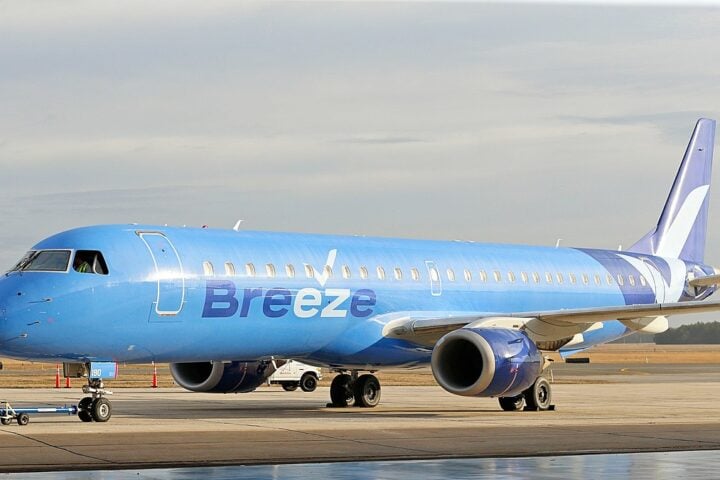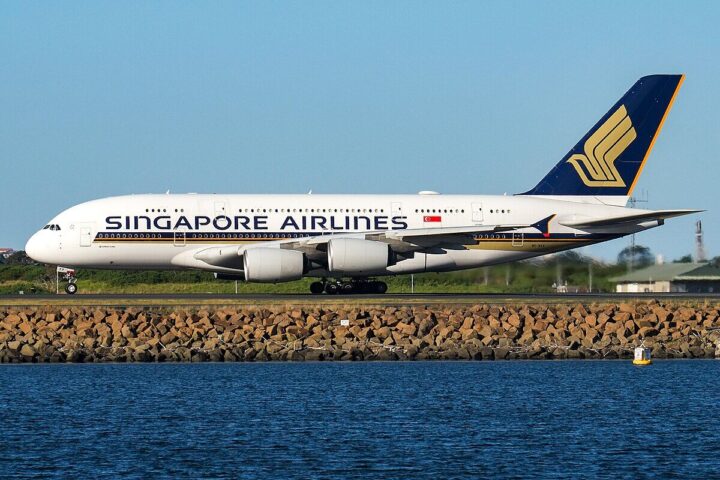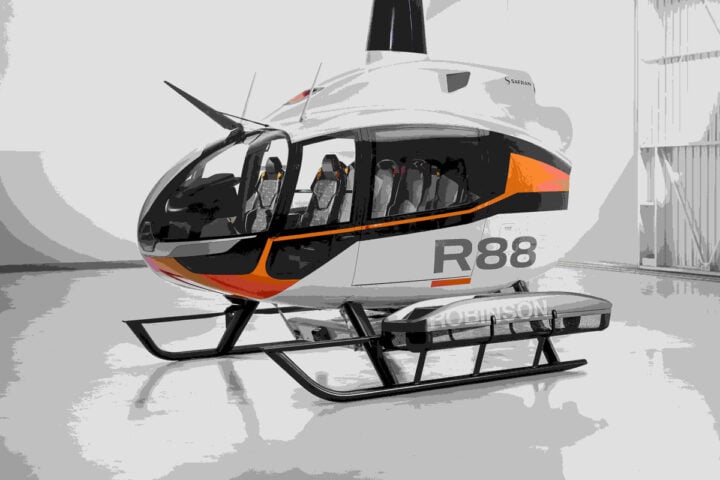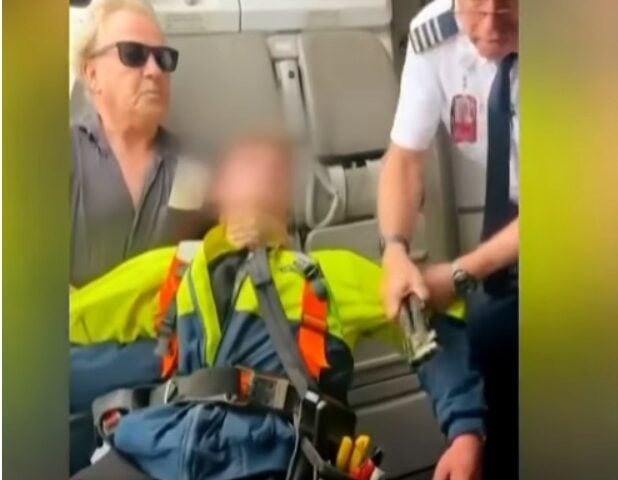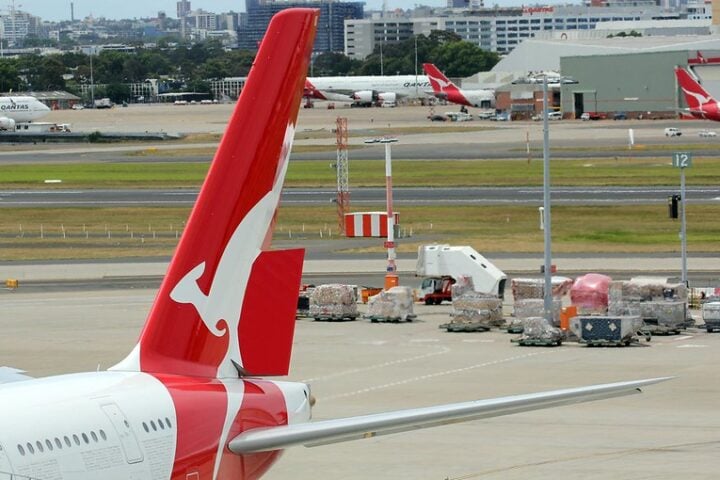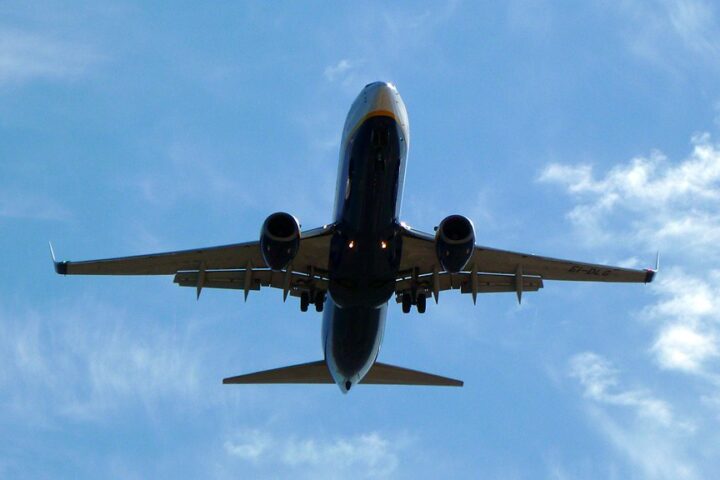The U.S. government is investing $332 million to make airports better across America. This money will help fix and upgrade 171 airports in 32 states, making air travel easier and safer for everyone who flies.
“These investments ensure the traveling public will have safer and more accessible and efficient airports for decades to come,” says Transportation Secretary Pete Buttigieg.
Let’s look at how this money will help different airports:
In Phoenix, Arizona, the main airport is getting $84.3 million to build a new 2,100-foot Taxiway U and bridge to accommodate more aircraft operations. This improvement will help handle more planes moving around the airport.
Up in Alaska, the Sitka airport will use $18.8 million to make its terminal bigger to accommodate additional passengers and rehabilitate the snow removal equipment storage building. The bigger space means more room for travelers.
Smaller cities are getting help too. The airport in Tallahassee, Florida is getting $6.7 million to construct new Taxiway B11 and B12 with associated lighting to meet current FAA design and safety standards. North Dakota’s Hector International Airport will add four new gates with its $3.9 million grant to accommodate more passengers.
These improvements come from the Bipartisan Infrastructure Law, which has set aside $25 billion to modernize airports over five years. So far, nearly $12 billion of the $15 billion total Airport Infrastructure Grants funding has been made available to airports across all 50 states.
What Changes Will You See?
The Airport Infrastructure Grants (AIG) program funds can be used for:
- Airport planning and development
- Sustainability improvements
- Terminal expansions
- Baggage system upgrades
- Runway safety enhancements
- Noise compatibility projects
These changes help communities in many ways. Based on the projects’ goals stated in the source, these improvements will enhance safety, accessibility, and efficiency for airport users while bringing facilities up to current FAA standards.
“Today, we invest in critical updates and improvements that help ensure travelers reach their destinations safely and efficiently,” says FAA Associate Administrator for Airports, Shannetta R. Griffin, P.E.
More Stories
Why These Changes Matter
These improvements address long-standing travel needs at various airports. For example:
- Colorado’s Telluride Regional Airport is getting $2.6 million for new navigation aids and construction of a new South Apron and Taxiway
- Louisiana’s Ruston Regional Airport receives $324,000 to expand its existing Southeast Apron
- Montana’s Geraldine Airport gets $177,840 to reseal existing Taxiway A and Runway pavement
Some projects are already showing results. Jonesboro Municipal Airport in Arkansas used $2,458,000 to strengthen Runway 5/23 for heavier aircraft. Kentucky’s Madisonville Regional Airport received $300,000 to enhance safe airfield operations during low visibility by upgrading runway and taxiway lighting systems.
This funding represents one piece of a larger effort. The Bipartisan Infrastructure Law has already announced over $568 billion for more than 66,000 infrastructure projects nationwide and has mobilized $1 trillion in private sector manufacturing and clean energy investments in the United States.
